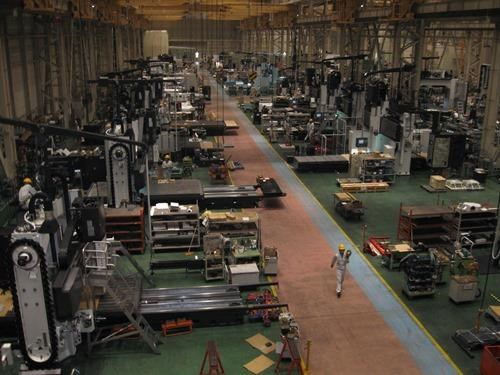Why a Dual-Column Machining Center?
According to this machine tool supplier, a dual-column or bridge-type machining center is 10 times more thermally stable than a comparable “C” style machine.
Share






Dual-column machining centers being produced at Okuma’s production facility in Kani, Japan.
According to machine tool distributor Gosiger, a dual-column or bridge-type machining center is 10 times more thermally stable than a comparable “C” style machine. Because of the dual-column design, says the company, heat affects the bridge structure linearly. The machine expands only in a straight line, allowing dimensional changes to be compensated electronically.
The dual-column design also places the spindle nearer to the center of mass of the machine, increasing rigidity. Read more in Gosiger’s article about dual-column machines.
Related Content
-
5 Tips for Running a Profitable Aerospace Shop
Aerospace machining is a demanding and competitive sector of manufacturing, but this shop demonstrates five ways to find aerospace success.
-
Mazak VMC Provides Versatile Machining of Complex Parts
The VC-Ez 20X vertical machining center features a 25-hp 12,000-rpm CAT-40 spindle with a 30-tool-magazine automatic tool changer.
-
The Cut Scene: The Finer Details of Large-Format Machining
Small details and features can have an outsized impact on large parts, such as Barbco’s collapsible utility drill head.













